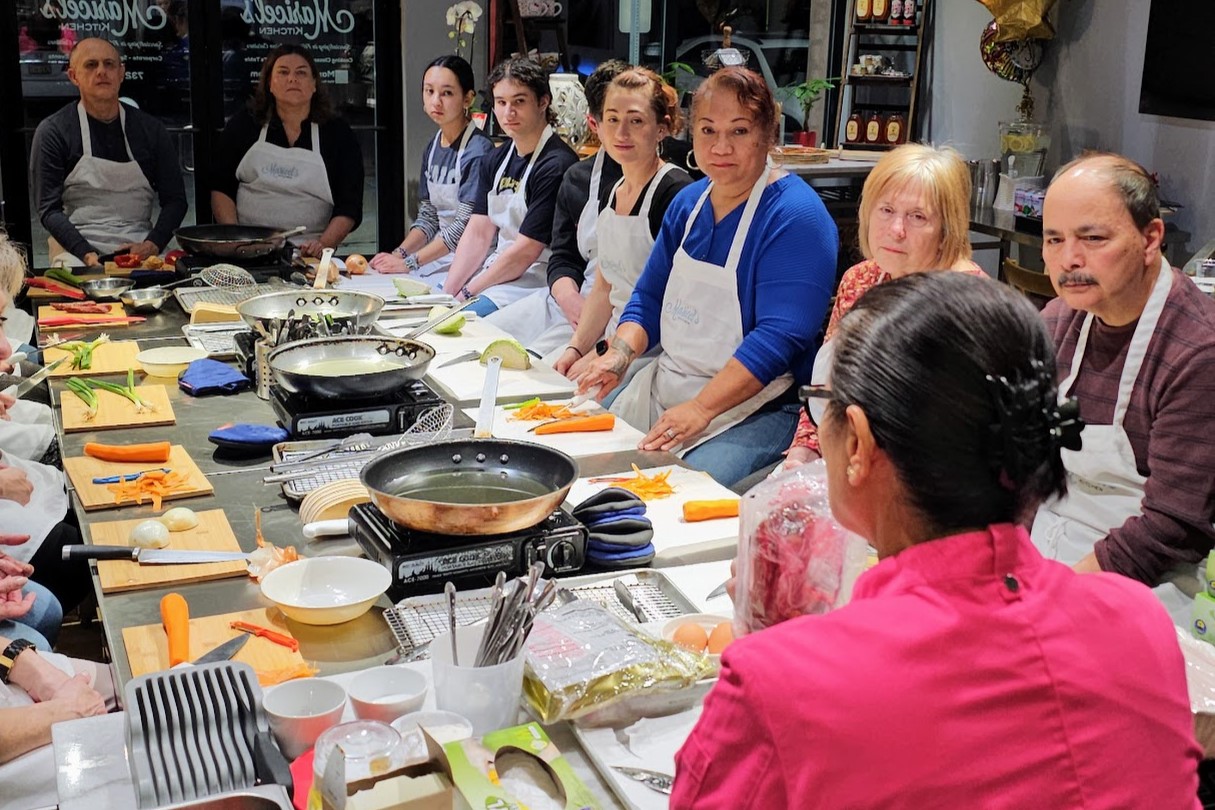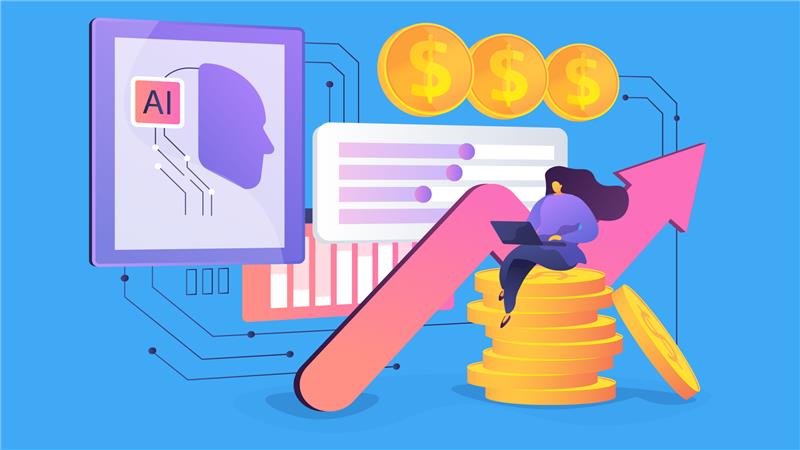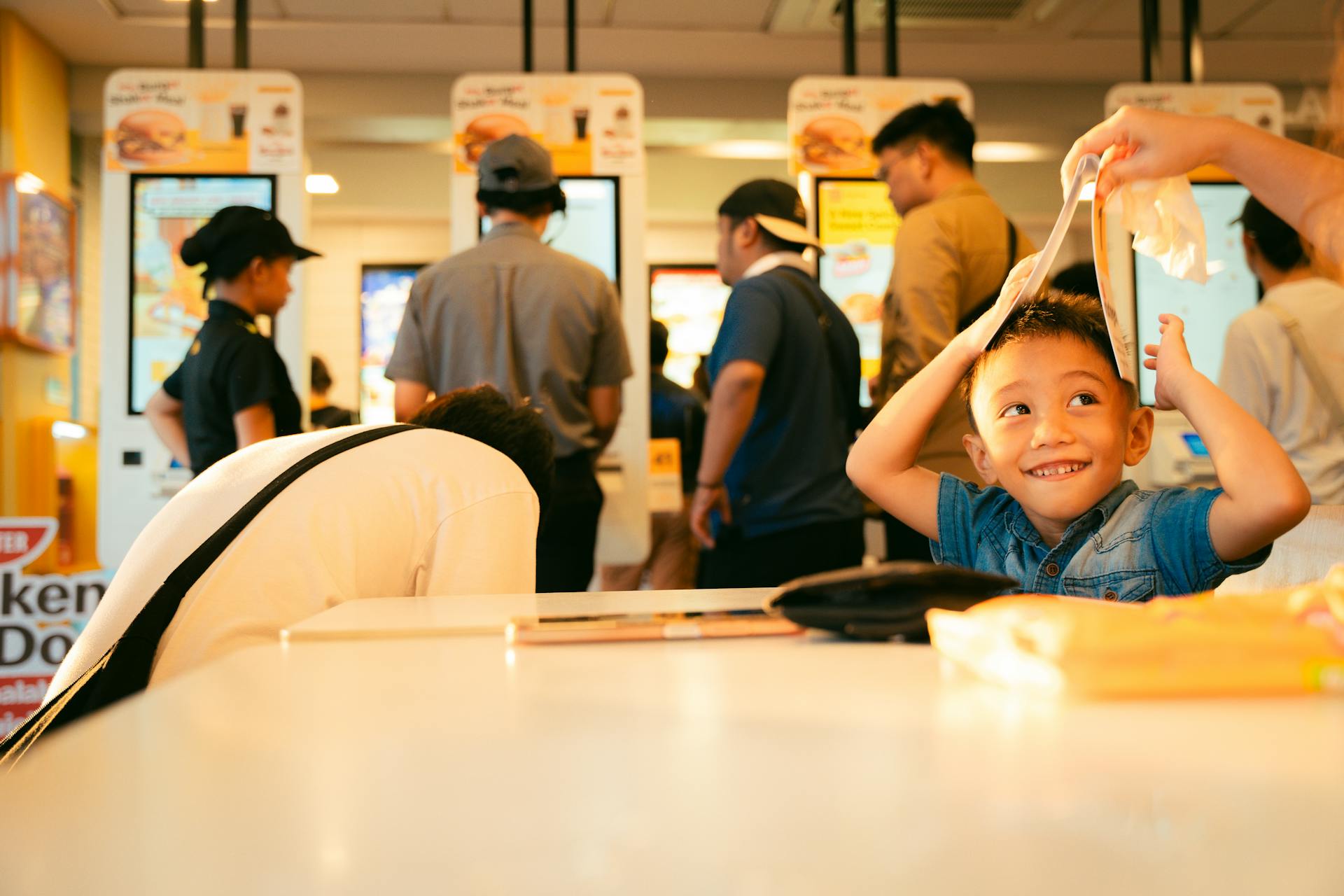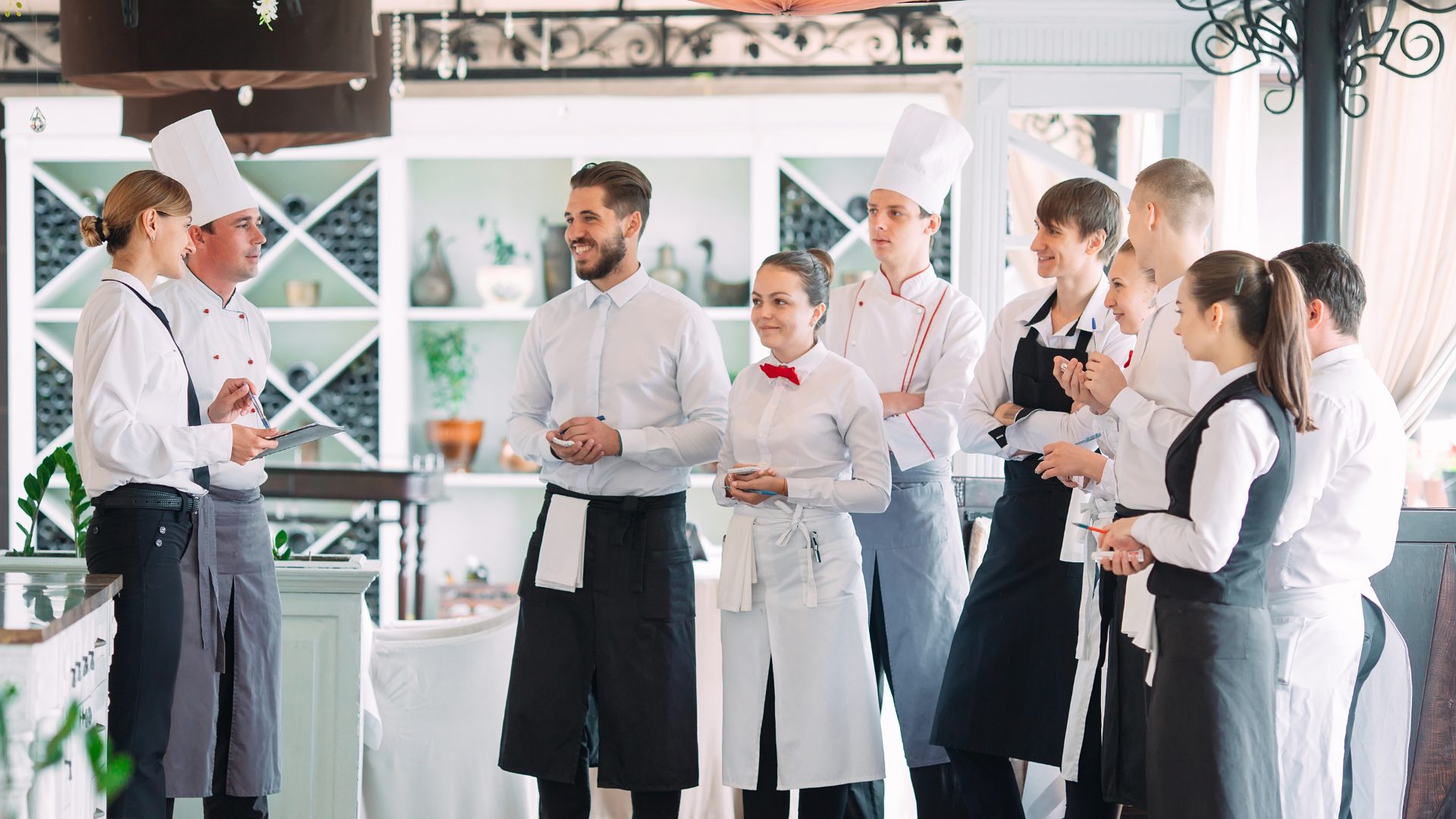Yum Brands recently unveiled Byte by Yum, consolidating its proprietary tech and AI-powered products into one platform – and while only a QSR giant could invest in an innovation of such scale, there are plenty of tools available to independent restaurants with smaller budgets.
Proprietary restaurant-tech platforms with customizable features and third-party integrations like Olo and Toast are one option – while open-source AI models like DeepSeek-R1 are another.
Unlike proprietary models owned and controlled by single entities, open-source AI systems are free to use, modify, and share publicly, according to Open Source Initiative.
Although DeepSeek-R1 is neither the first nor the only open-source AI on the market, it made headlines for its ability to operate with significantly fewer resources than models like ChatGPT, making it more affordable for small businesses like Maricel’s Kitchen.
Chef and owner Maricel Gentile has leveraged these innovations for a while now, she told The Food Institute.
Barriers
“A lot of us are so focused on running the business – keeping up with food costs, staffing, and customer experience – that we don’t have time to sit down and figure out how AI works or how to integrate it into daily operations,” said Maricel.
“Restaurant owners don’t have the time or technical background to adopt AI systems,” her husband, Paul, explained. “That’s where software vendors, developers, and tech providers have opportunities to create AI-powered solutions that are plug-and-play.”
While AI can assist with a wide range of tasks – from reducing spoilage to optimizing prices – it’s crucial to approach it with an abundance of caution.
“AI works best as a sounding board, not as a replacement for your experience and judgment,” Paul said.
Risks
Despite its perks, AI doesn’t always go over well with customers.
The couple saw this firsthand when they ran AI-generated ads for cooking classes a while back. Although they performed 10 times better than past ads in terms of views, clicks, and sales, the campaign also attracted some pushback regarding its AI-generated images.
“While we understand their perspective, the reality is that we weren’t replacing photographers or designers – we simply didn’t have the budget for a marketing agency,” Paul admitted. “Without AI, we would’ve relied on free stock images or smartphone photos.”
Another risk of these technologies? Its unpredictability.
“[AI] is good for more fuzzy questions like how to construct a menu but not very good for things like ordering and inventory management,” said Hava Volterra, CEO and co-founder of Parsley – a sentiment echoed by Bruno Mota, CEO and co-founder of Pembroke & Co.
“We’ve seen some restaurants, primarily in the QSR space, using an AI smart-ordering system. Unfortunately, it over-orders more times than not. This creates even more spoilage and increases food costs substantially,” Mota said.
Tips
For owners and operators looking to mindfully integrate AI into their restaurants, several industry experts shared the following tips with FI:
- Start small: “AI can be a powerful tool for back-of-house efficiency. Restaurants should start small and use AI for specific needs like demand forecasting or food-safety monitoring,” said Alice Fournier, CIO of ISS Facility Services, North America.
- Monitor it closely: “If you rely on AI without checking its outputs, it’ll eventually bite you in the … well, you get the idea. Use AI like you would a new sous chef: with optimistic skepticism. If something seems off, double-check it,” said Paul Gentile.
- Vary your approach: “If AI is customer-facing, it needs to create a seamless, enjoyable experience – and the benefits should be obvious. If it’s behind the scenes, it should improve speed, quality, or efficiency. Customers need to see how the technology improves their experience,” said Bob Vergidis, founder of pointofsale.cloud.
As for the future, experts expect to see a shift from front-end AI usage (i.e. chatbots and menu personalization) to back-of-house applications.
“AI will be used more and more to support compliance with health and safety regulations, track supply chain data, and optimize food production in ways that reduce costs and environmental impact,” Fournier said.
Mota expects to see greater AI adoption in sectors other than restaurants.
“Heavy investments are being made into the infrastructure, logistics, and manufacturing space. Foodservice should hopefully benefit from these advancements at the top of supply chains – for example, quicker/more efficient delivery routes by suppliers so restaurants don’t have to place as large an order ahead of time, or a packaging plant that finds a way to keep ingredients fresher for longer, leading to less spoilage and additional savings.”
The Food Institute Podcast
When it comes to data in the food-away-from home sector, what are the major challenges and opportunities companies are facing today? Tibersoft’s Chris Hart joined The Food Institute Podcast to discuss how collaboration and data interoperability will be a key theme for the foodservice sector in the years to come.












